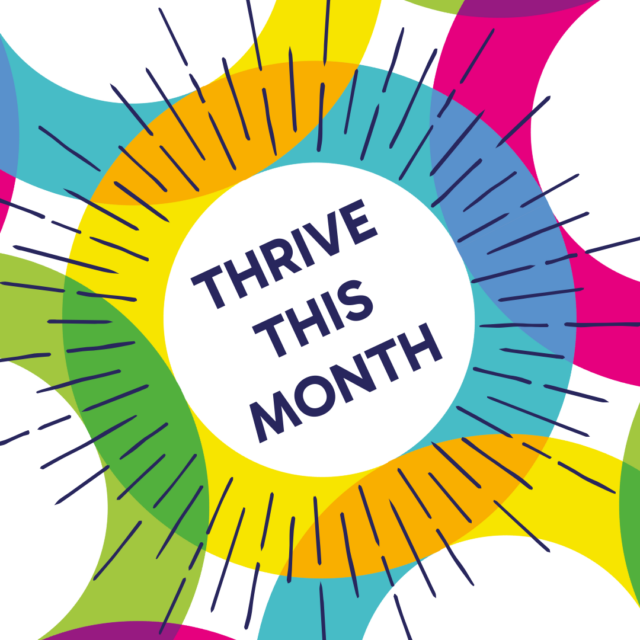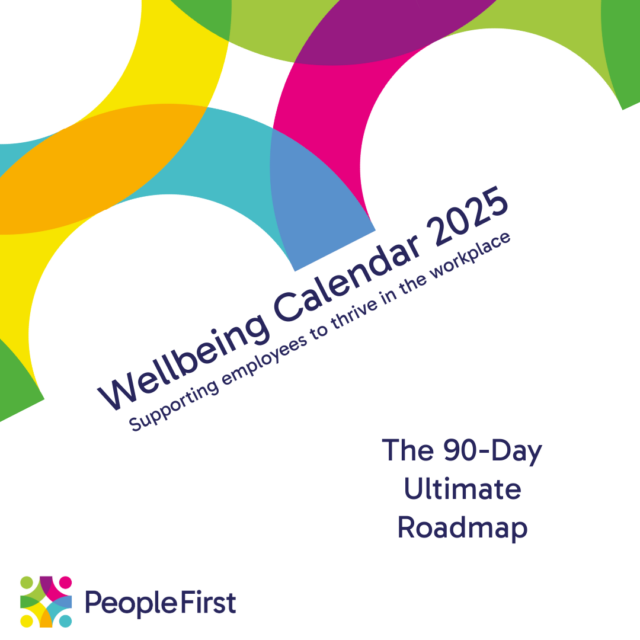
13 December 2024
Enhancing Employee Wellbeing
Enhancing employee wellbeing by leading with wellbeing in mind. Are you wondering how our ‘Work and Wellbeing Coaching’ might support your employees? Explore a a recent anonymised case study to uncover deeper insights and understand how work and wellbeing coaching can enhance employee wellbeing.
Case Study: Enhancing Employee Wellbeing through Work and Wellbeing Coaching
Client Background
Alex, a team leader at a marketing agency, sought coaching to enhance overall employee wellbeing and improve workplace satisfaction. Despite a high-performing team, Alex noticed signs of burnout, low morale, and disengagement among staff. Alex wanted to address these issues by integrating positive psychology principles into their management approach.
Coaching Focus
The coaching sessions with Alex focused on applying the PERMA model to boost employee wellbeing and engagement. The goal was to use the framework’s components, Positive Emotion, Engagement, Relationships, Meaning, and Accomplishment, to create a more supportive and fulfilling work environment.
Exploring Challenges
In the initial sessions, Alex and their coach identified key areas where the PERMA model could be applied to address current challenges:
- Burnout and Low Morale – Team members were experiencing high levels of stress, leading to decreased enthusiasm and productivity.
- Disengagement – Despite high performance metrics, there was a lack of emotional investment and satisfaction in the work being done.
- Lack of Connection – Team relationships were not as strong as they could be, impacting collaboration and overall morale.
Applying the PERMA Model
Through coaching, Alex developed and implemented strategies based on each component of the PERMA model:
1. Positive Emotion
Strategy: Alex introduced regular team check-ins and gratitude practices to foster a more positive atmosphere. Weekly meetings included a segment for team members to share achievements and express appreciation for each other’s contributions.
Actionable Steps:
- Gratitude Practices – Encourage team members to share positive feedback and express gratitude during meetings.
- Celebrate Successes – Recognise and celebrate individual and team accomplishments regularly to boost morale.
2. Engagement
Strategy: To increase engagement, Alex reassessed team roles and responsibilities to better align tasks with individual strengths and interests. This realignment aimed to facilitate ‘flow’, a state of full immersion and enjoyment in work.
Actionable Steps:
- Align Tasks with Strengths – Match team members to projects that align with their skills and passions.
- Provide Development Opportunities – Offer training and learning opportunities to enhance skillsets and maintain high levels of engagement.
3. Relationships
Strategy: Alex focused on strengthening team relationships by fostering open communication and creating opportunities for social interactions. Team-building exercises and informal gatherings were introduced to build trust and camaraderie.
Actionable Steps:
- Facilitate Open Communication – Implement regular one-on-one meetings and feedback sessions to enhance interpersonal connections.
- Organise Social Events – Plan team-building activities to strengthen relationships and encourage collaboration.
4. Meaning
Strategy: Alex worked to connect the team’s daily tasks to the broader mission of the agency, helping employees find a sense of purpose in their work. This involved communicating the impact of their work and aligning projects with personal values.
Actionable Steps:
- Communicate Purpose – Clearly articulate how individual roles contribute to the agency’s mission and goals.
- Encourage Personal Goals – Support employees in setting and pursuing personal and professional goals that align with their values.
5. Accomplishment
Strategy: To foster a sense of accomplishment, Alex implemented a goal-setting framework that encouraged both short-term and long-term objectives. Achievements were regularly acknowledged and celebrated to reinforce a sense of success and competence.
Actionable Steps:
- Set SMART Goals – Work with team members to establish Specific, Measurable, Achievable, Relevant, and Time-bound goals.
- Celebrate Achievements – Recognise and reward progress towards goals to enhance motivation and job satisfaction.
Outcome
Enhancing employee wellbeing has been achieved by Alex successfully applying the PERMA model. The focus on Positive Emotion, Engagement, Relationships, Meaning, and Accomplishment led to noticeable improvements in team morale, increased engagement, and stronger interpersonal connections. Employees reported higher job satisfaction and a greater sense of purpose in their work.
Conclusion
This case study illustrates how Work and Wellbeing Coaching supported a leader to support their teams wellbeing. By focusing on the key components of positive psychology, leaders and managers like Alex can create a more supportive and fulfilling work environment. The application of these principles helps address burnout, increase engagement, and foster a positive workplace culture.
Previous Case Study
Do you have colleagues who could benefit from personalised Work and Wellbeing Coaching? Our tailored services are designed to empower employees to take ownership of their wellbeing and growth. By developing effective wellbeing habits, employees experience increased motivation, satisfaction, and resilience, leading to a more positive and productive work-life experience.
Coaching packages start from £349 +VAT. Get in touch to explore our tailored employee support services.
Sign up for our newsletter to access regular updates on People First initiatives.




